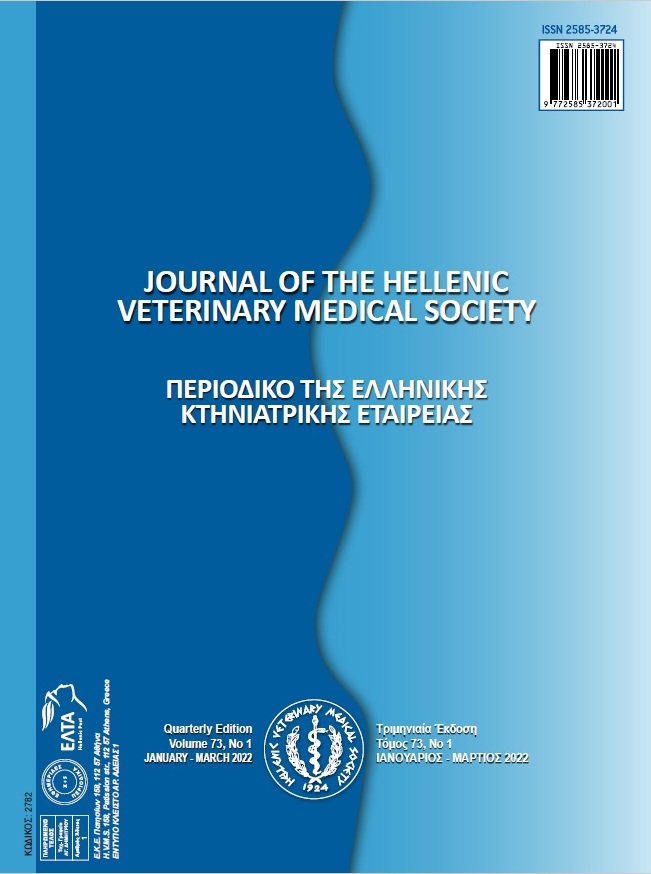The effect of the challenge with Newcastle disease virus on the gastrointestinal bacterial population in Japanese quail (Coturnix japonica)

Abstract
Newcastle disease (ND), caused by virulent strains of Newcastle disease virus (NDV), is a devastating disease of poultry worldwide. The effect of a challenge with Newcastle disease virus on bacterial population in quail is poorly documented, so for this purpose, a total of 100 day-old Japanese quail were purchased and divided into 2 equal groups randomly. Each group was divided into 2 subgroups of 25 quails. The birds in group A challenged with a velogenic chicken isolate of Newcastle disease virus. The birds in group B did not challenge with Newcastle disease virus as the control group. For the determination of lactobacillus counts in the intestine and crop of Japanese quail, at the end of the period, 10 birds of each subgroup (20 birds of each treatment) were chosen randomly. One gram of the crop and ileocecal content were taken and cultured on MRS for determination of lactobacillus counts. The colony-forming units of Escherichia coli in digesta of ileocecal on Mac Conkey agar were investigated. Also, crop and ileocecal content of dead birds were taken and cultured on MRS and Mac Conkey agar. The results of this study showed that challenge with a velogenic chicken isolate of Newcastle disease virus could increase colony-forming units of Escherichia coli in group A compared to the control group. Also, it reduced lactobacillus counts of intestine and crop compared to the control group. So it concluded that velogenic chicken isolate of Newcastle disease virus influences microflora of intestine and crop of Japanese quail.
Article Details
- Come citare
-
Talazadeh, F., Jafari, R., Behrouzinasab, O., & Rahimi Sardo, E. (2022). The effect of the challenge with Newcastle disease virus on the gastrointestinal bacterial population in Japanese quail (Coturnix japonica). Journal of the Hellenic Veterinary Medical Society, 73(1), 3793–3798. https://doi.org/10.12681/jhvms.25815
- Fascicolo
- V. 73 N. 1 (2022)
- Sezione
- Research Articles

Questo lavoro è fornito con la licenza Creative Commons Attribuzione - Non commerciale 4.0 Internazionale.
Authors who publish with this journal agree to the following terms:
· Authors retain copyright and grant the journal right of first publication with the work simultaneously licensed under a Creative Commons Attribution Non-Commercial License that allows others to share the work with an acknowledgement of the work's authorship and initial publication in this journal.
· Authors are able to enter into separate, additional contractual arrangements for the non-exclusive distribution of the journal's published version of the work (e.g. post it to an institutional repository or publish it in a book), with an acknowledgement of its initial publication in this journal.
· Authors are permitted and encouraged to post their work online (preferably in institutional repositories or on their website) prior to and during the submission process, as it can lead to productive exchanges, as well as earlier and greater citation of published work.



